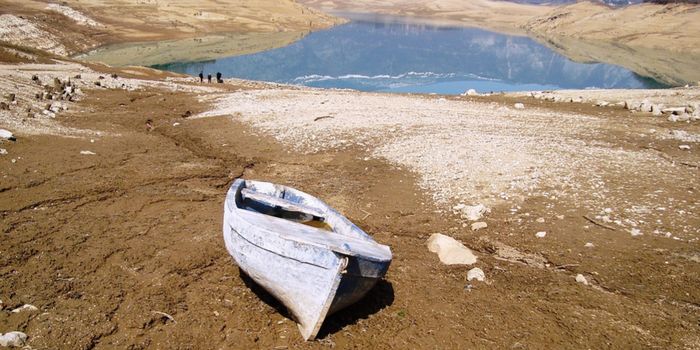Elephants Consuming Plastic from Landfills are Dying
We know plastic trash is bad for the environment and bad for animals. But most of the time, it is hard for us to see and truly understand the effect we are having. In one village in Sri Lanka, the effects are all too apparent. In the last eight years, near twenty elephants have been found dead near the village after consuming plastic trash from an open landfill in Pallakkadu village.
The animals were examined after death, and the only things found remaining in their stomachs were non-digestible materials like food wrappers and plastics. While elephants are revered in Sri Lanka, they are also endangered. Less than 6,000 remain in Sri Lanka. Their habitat grows smaller every year, and the animals venture close to human farms and villages to look for food. They encounter conflict when feeding on fields, but feeding from landfills feels less dangerous. But their digestive systems become filled with dangerous materials, clogging or damaging their intestines. When they can no longer eat and grow weak, their bodies cannot hold themselves upright, they lay down and never get up again.
An electric fence is supposed to keep animals away at Pallakkadu, but it was struck by lightning in 2014 and has not been repaired since. Waste pits are common in the countryside and are often near designated wildlife zones.
Human-elephant conflict is common everywhere elephants exist. In both Africa and Asia, elephants can be a nuisance to farmers living nearby, sometimes resulting in the death of humans or elephants, making it difficult to coexist peacefully. Elephants are important keystone species in their natural ecosystems, regenerating fresh vegetation and turning soils. They are important not just for tourism dollars, but for supporting ecosystem services. But because they are such large animals that can cross long distances to migrate, they inevitably encounter humans expanding into the former wilderness. Monitoring and mapping elephant populations and human-elephant conflict are necessary to ensure their continued survival.
Sources: AP News, Bulletin Monumental








